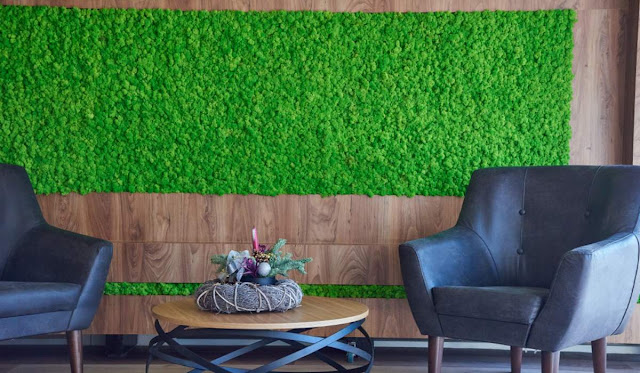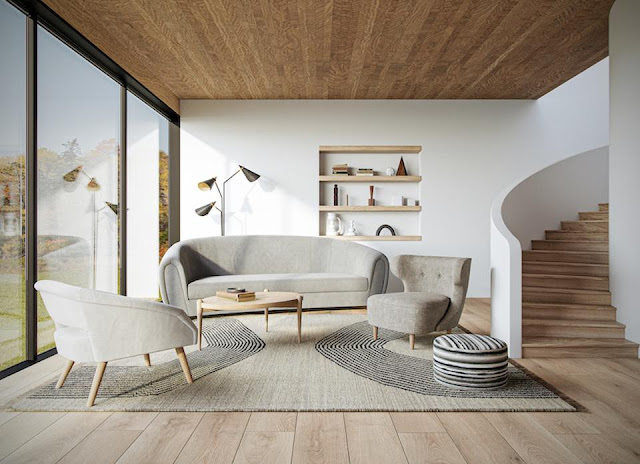The Art of Epoxy Painting: Exploring Techniques, Colors, and Applications
Epoxy painting is a form of paint that is applied to a surface to create a hard, durable, and glossy finish. It is commonly used in commercial and industrial settings but has become increasingly popular for use in residential spaces due to its durability and versatility. In this article, we will explore the art of epoxy painting, including its techniques, colors, and applications.
Techniques of Epoxy Painting
Epoxy painting is a specialized form of painting that requires a specific set of techniques to be successful. One of the most important aspects of epoxy painting is surface preparation. The surface must be properly cleaned, sanded, and primed to ensure that the epoxy adheres correctly.
Another technique for epoxy painting is the mixing of the paint itself. Epoxy paint is a two-part paint that requires a specific ratio of paint to hardener. If the ratio is incorrect, the paint may not cure properly or may have a compromised finish.
Additionally, epoxy painting requires specific application techniques, including the use of a roller, brush, or spray gun. The application technique used will depend on the surface being painted and the desired finish.
Colors of Epoxy Painting
Epoxy paint is available in a wide range of colors, allowing for a variety of design options. The color options for epoxy paint are virtually limitless, and the paint can be mixed to create custom colors.
Epoxy paint can be used in conjunction with decorative chips, flakes, or metallic powders to create unique and interesting designs. The addition of these decorative elements adds texture and interest to the surface and can be customized to match any design style.
Applications of Epoxy Painting
Epoxy painting is a versatile form of paint that can be used in a variety of applications. It is commonly used in industrial settings due to its durability and chemical resistance. However, it has become increasingly popular in residential settings as well.
Epoxy paint can be used on a variety of surfaces, including concrete floors, walls, and even countertops. In commercial settings, epoxy paint is often used in high traffic areas, such as warehouses and factories, as well as in food processing facilities due to its antimicrobial properties.
In residential settings, epoxy paint is commonly used on garage floors, basement floors, and as a durable and easy-to-clean option for kitchen and bathroom countertops. It can also be used to create unique and interesting designs on walls and ceilings, adding interest and texture to a room.
In conclusion, epoxy painting is a specialized form of painting that requires specific techniques, colors, and applications. Its versatility and durability make it a popular choice for both industrial and residential settings, and its design options allow for a wide range of customization. With proper preparation and application, epoxy paint can create a beautiful, long-lasting finish that adds both value and interest to any space.



Comments
Post a Comment